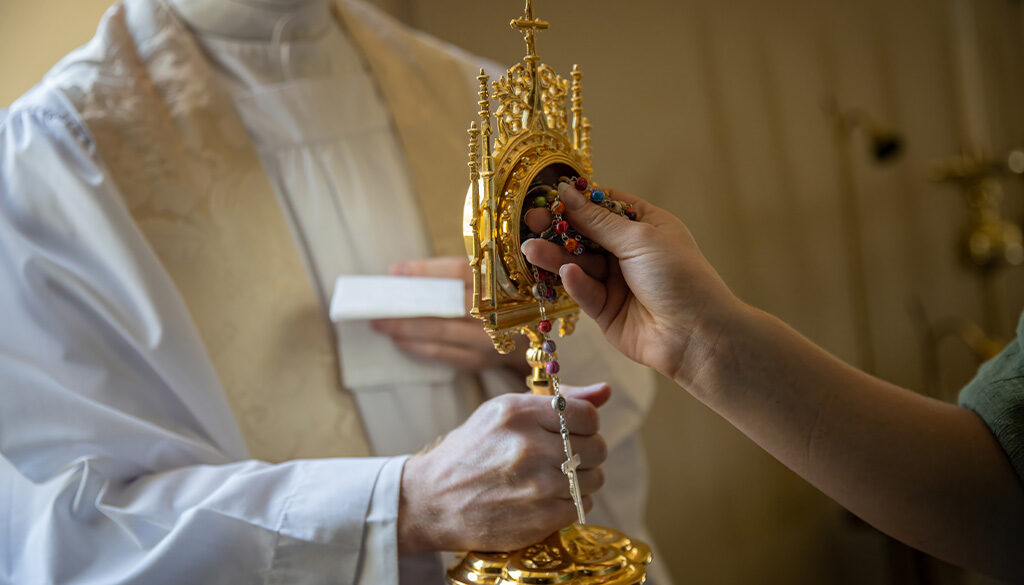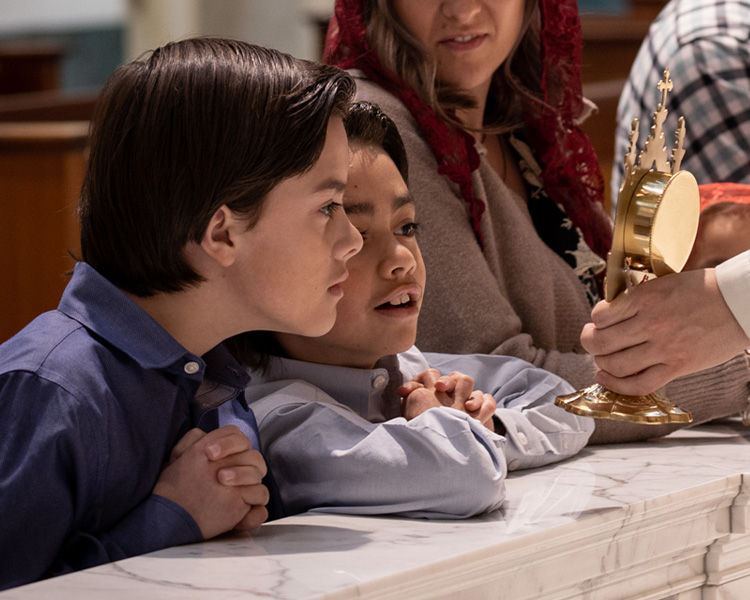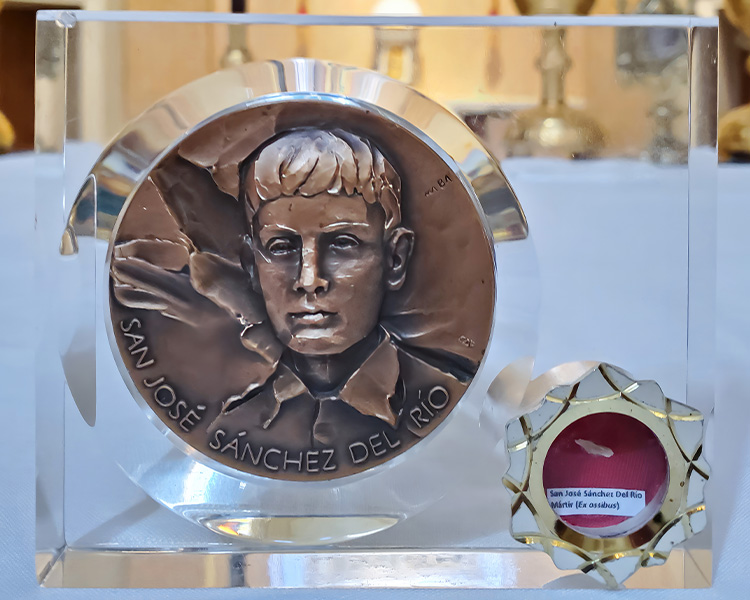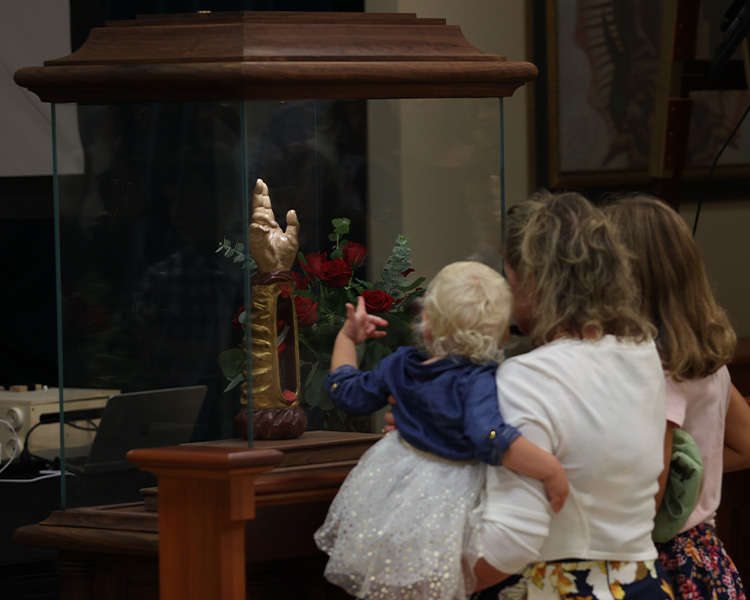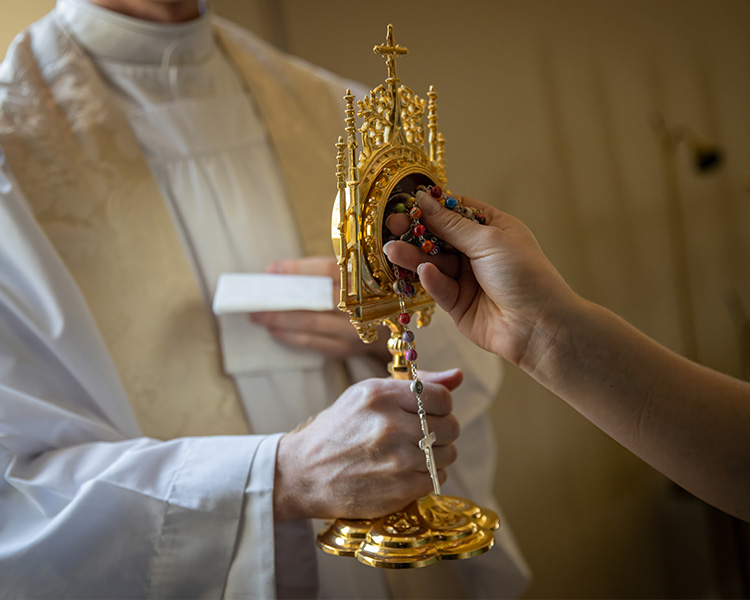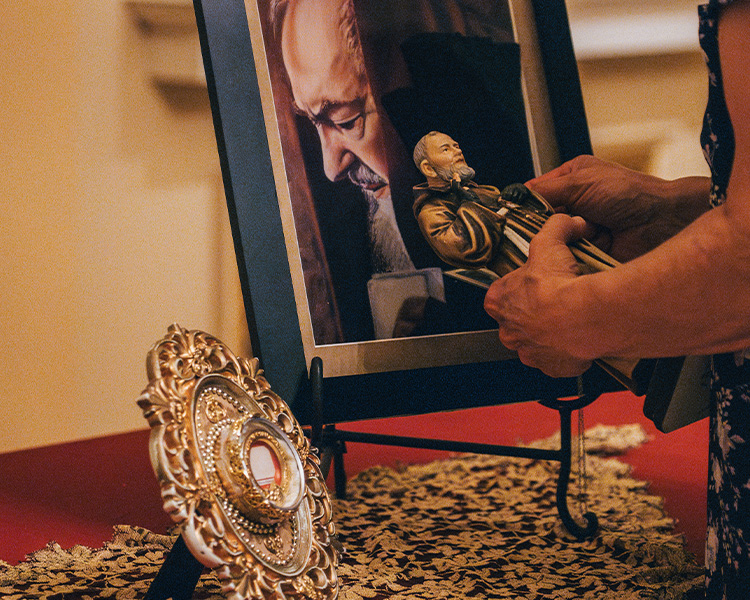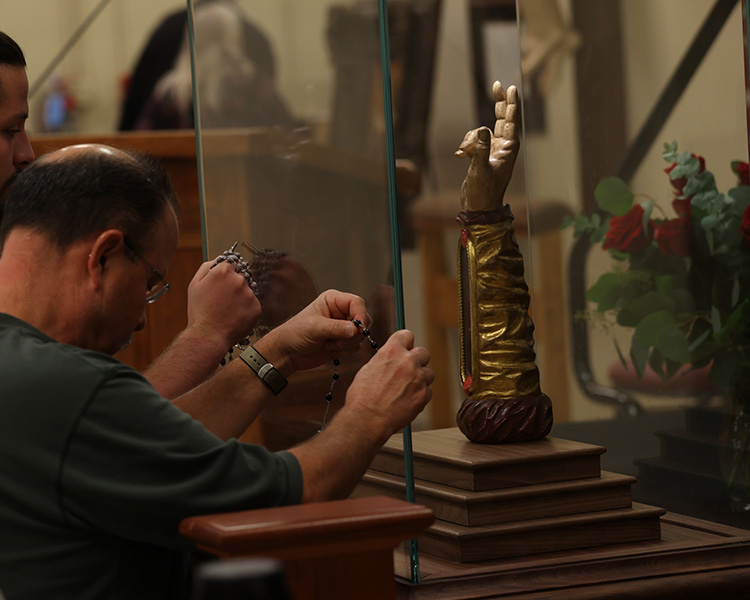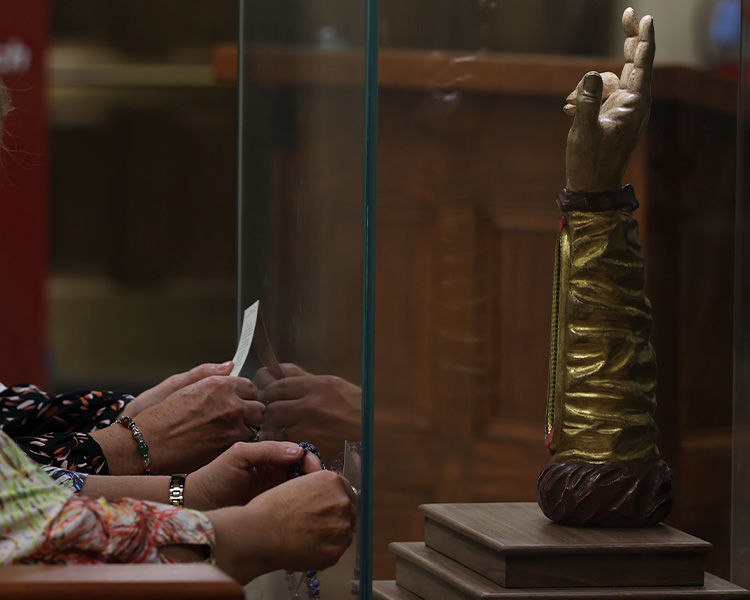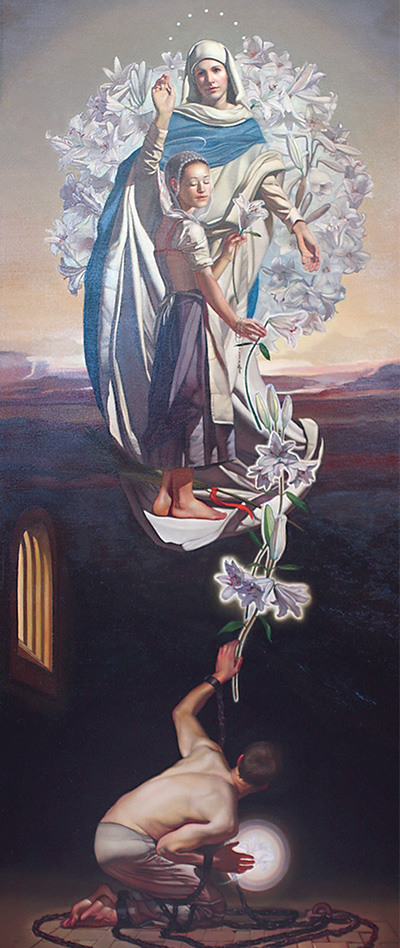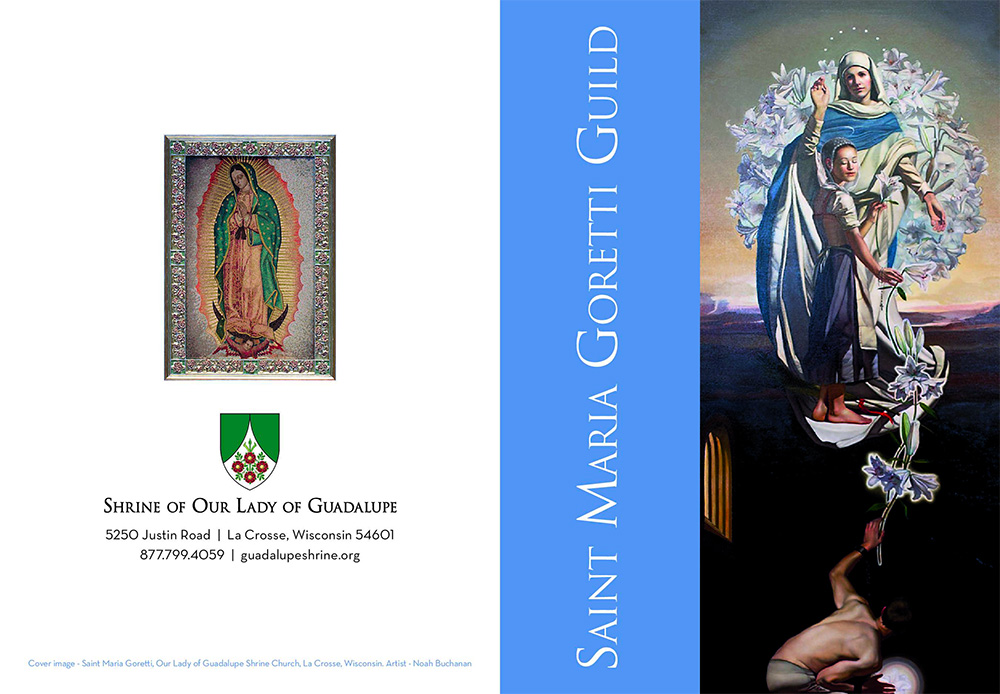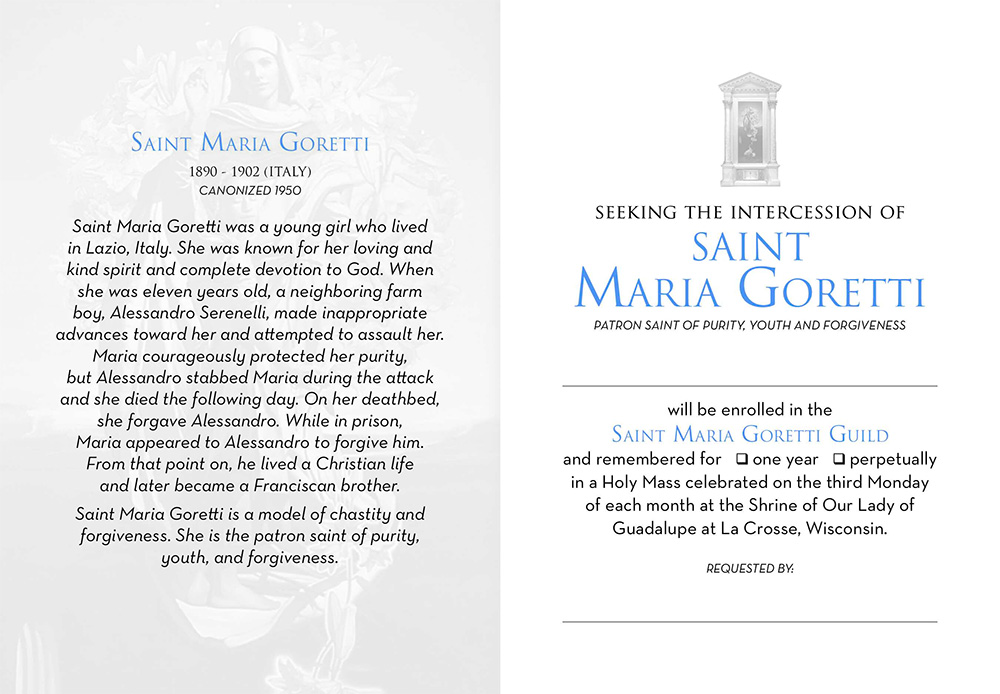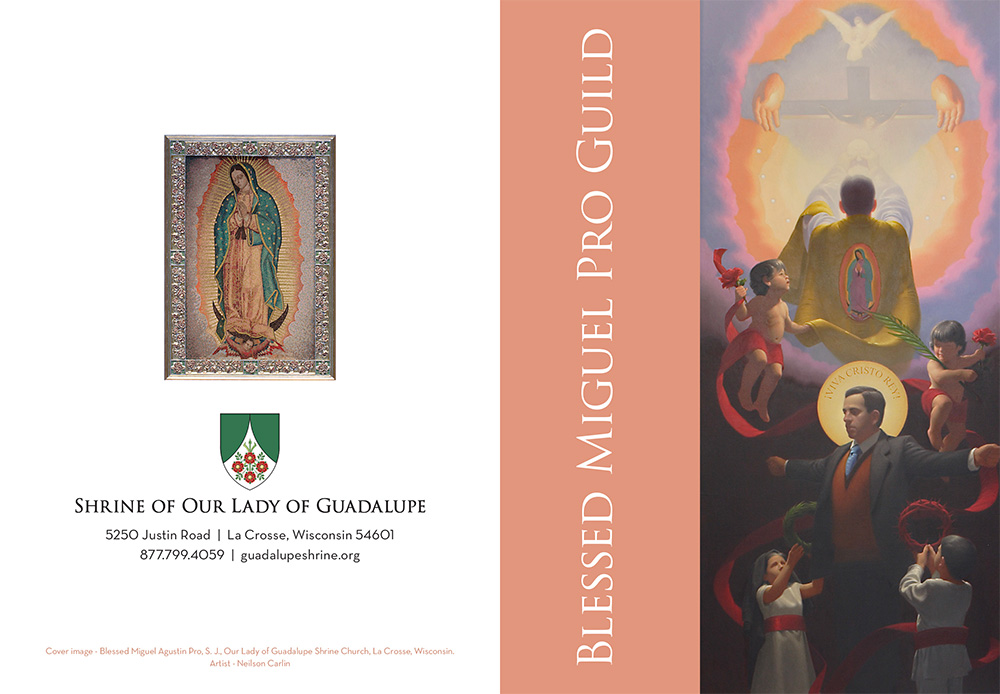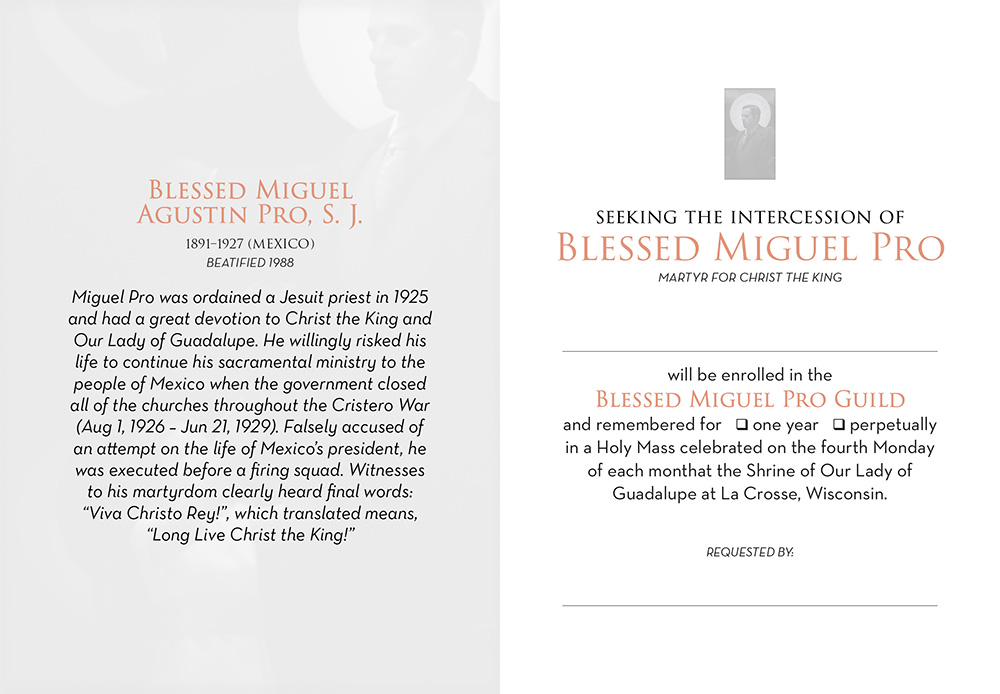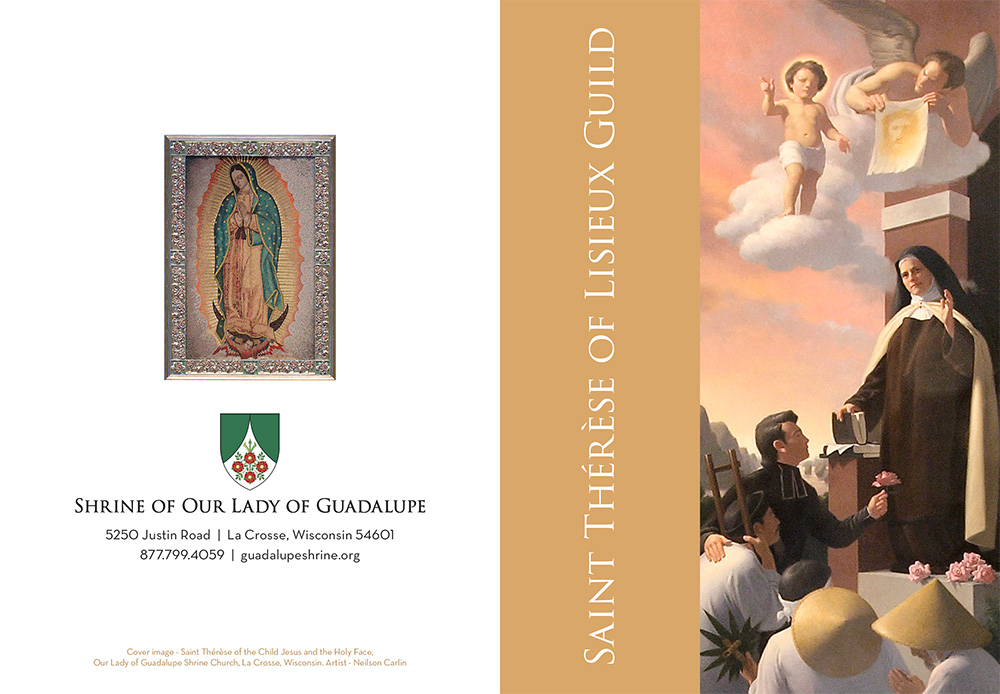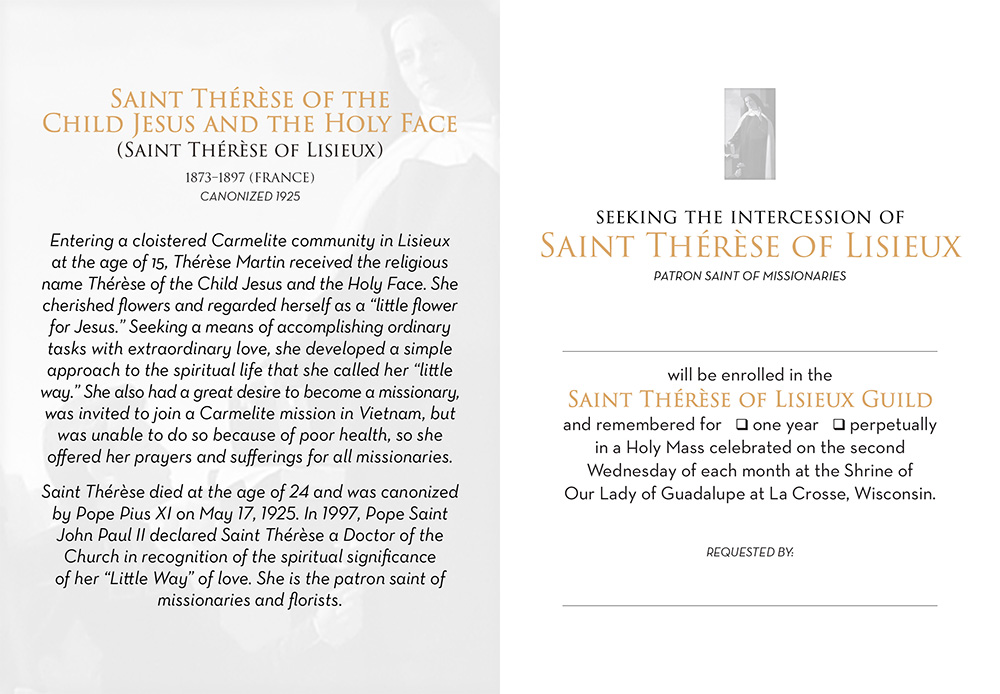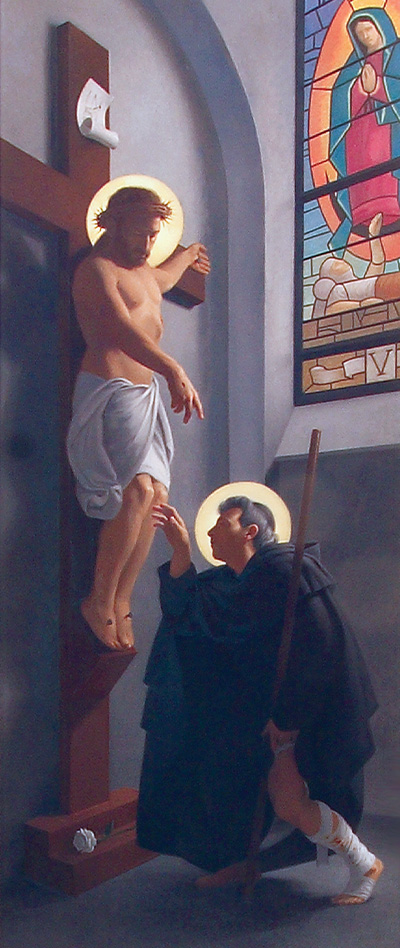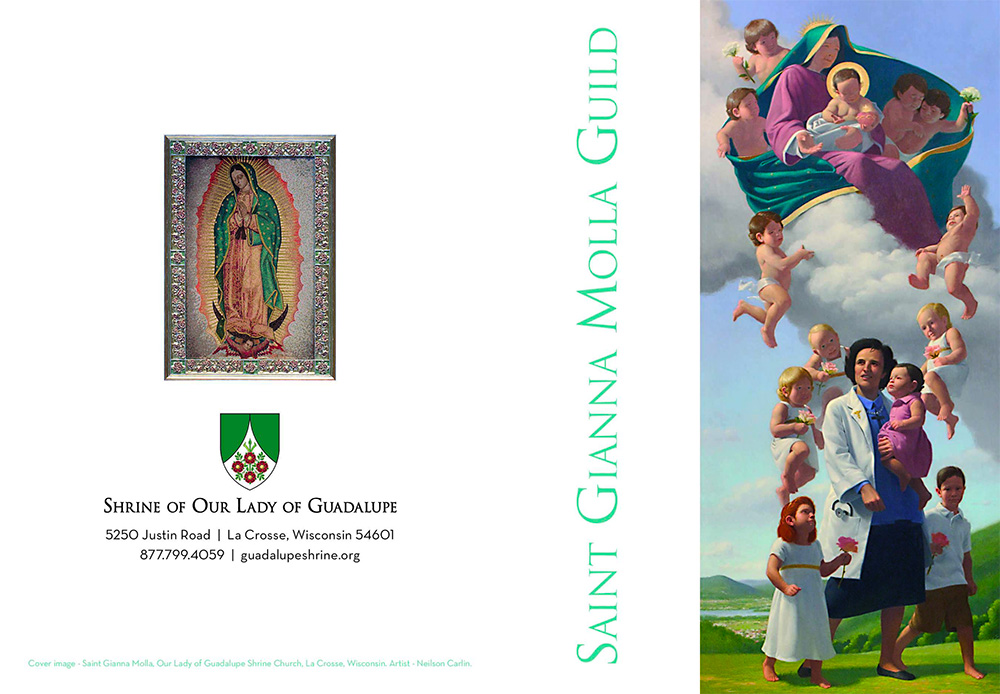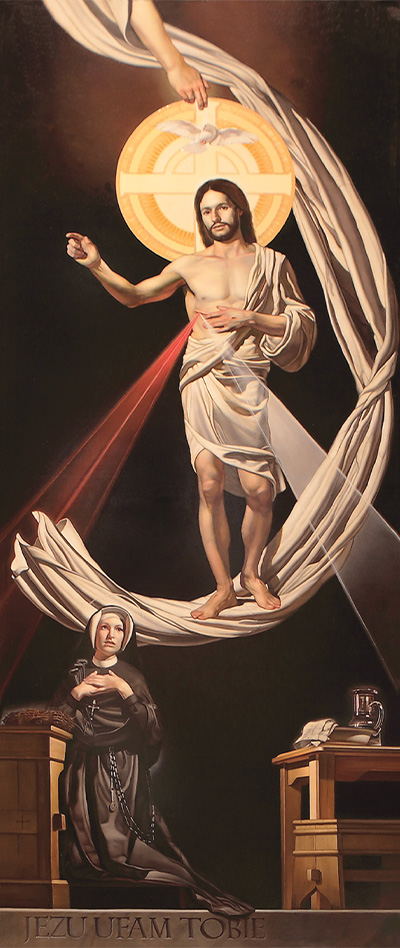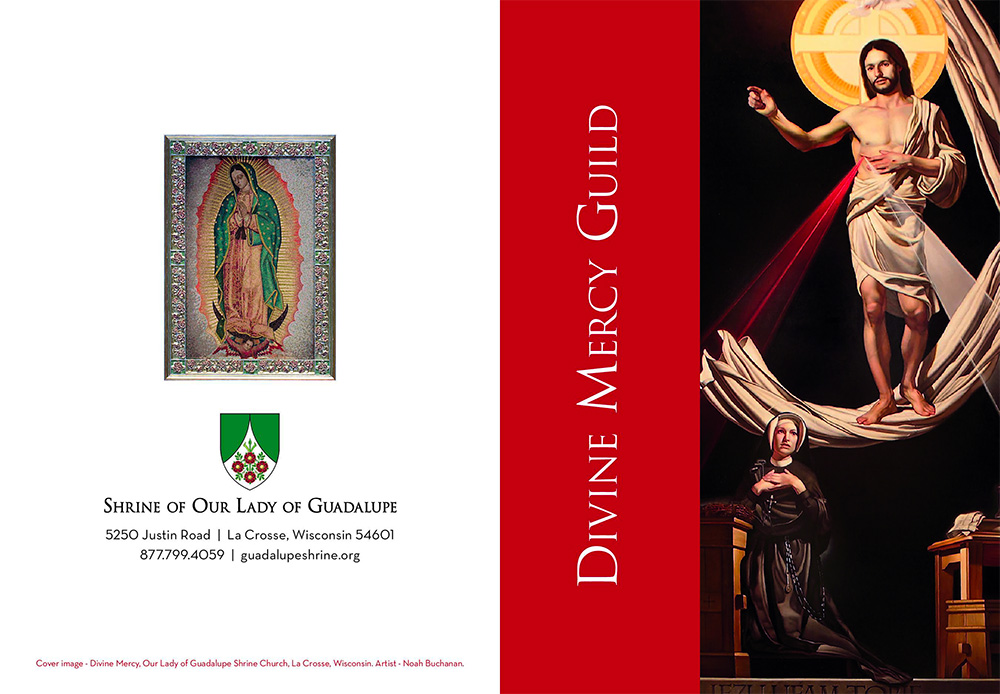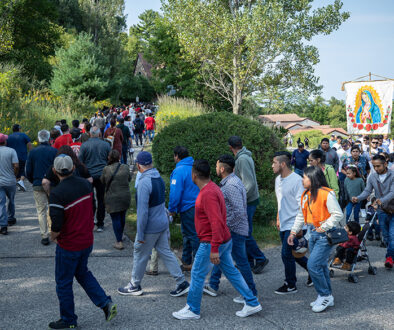Relic Veneration: When? How? & Why?
Relics have always played an important part at the Shrine of Our Lady of Guadalupe. At the Shrine Church’s dedication in 2008, relics of Blessed Miguel Pro and Saint Kateri Tekakwitha were solemnly laid inside the altar. Each of the six side-aisle shrines includes a first-class relic of the saint honored there. In addition, the Shrine houses a large collection of saints’ relics, many of which are brought out for veneration on the saints’ feast days. Why are relics so important, to the Catholic Church and to the Shrine?
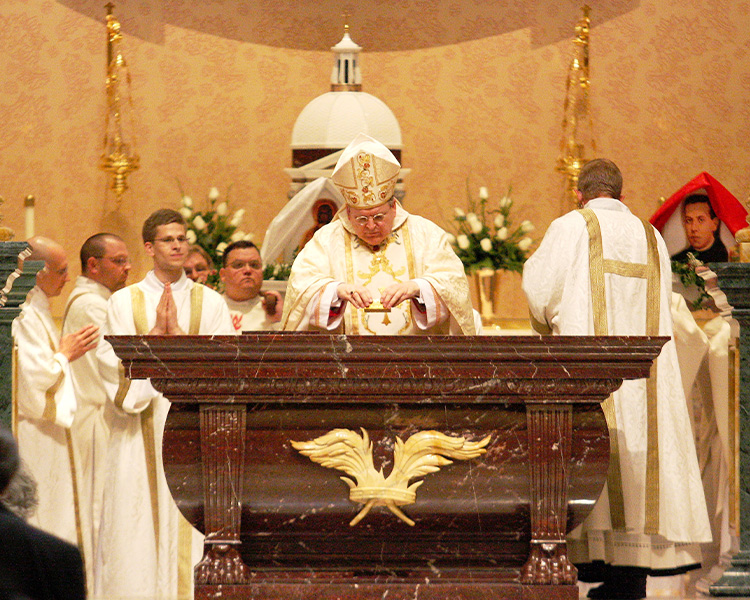
Models and Intercessors
Relics are honored because of their connection with the saints, who in turn hold such an exalted place because of their close union with God. The Catechism says of the saints:
By canonizing some of the faithful, i.e., by solemnly proclaiming that they practiced heroic virtue and lived in fidelity to God’s grace, the Church recognizes the power of the Spirit of holiness within her and sustains the hope of believers by proposing the saints to them as models and intercessors (CCC §828).
Their Example and Prayers
While living on earth, the saints were “some of the faithful,” ordinary people like those who now ask their prayers. By God’s grace at work in them, by “the power of the Spirit of holiness,” they came to reflect that holiness in their own lives. Now, with Our Lord in the perfect union of Heaven, they are “models and intercessors,” helping those still on earth by their example and their prayers.
Body and Spirit
Relics of saints, then, have value because God made human beings as creatures of body and spirit (CCC §362–365); therefore, the body is sacred even after someone has died. Furthermore, God works in His creatures’ lives in a way fitting to the nature He gave them, giving grace through physical means. The Incarnation is the ultimate example, but others occur throughout salvation history.
Old and New Testament
Among these, Scripture includes instances of grace given through the bodies of holy people. Possibly the first example, and one of the most dramatic, appears in 2 Kings 13:21, when a dead man thrown onto the bones of the prophet Elisha immediately returns to life. In the New Testament, even the shadow of Saint Peter and the clothing of Saint Paul are enough to heal the sick (Acts 5:15, 19:12).
Early Devotion
The veneration of saints’ relics was one of the earliest devotions of the Church, as can be seen in ancient writings, including those of the Church Fathers. Among these is an explicit description from Saint Jerome: “We do not worship, we do not adore … but we venerate the relics of the martyrs in order the better to adore Him whose martyrs they are.”
The Council of Trent (Sess. XXV) summarized the Church’s teaching on relics, explaining that the saints’ bodies “were the living members of Christ and ‘the temple of the Holy Ghost’ (1 Corinthians 6:9) and … are by Him to be raised to eternal life and to be glorified” and therefore “are to be venerated by the faithful, for through these [bodies] many benefits are bestowed by God on men.” Because God Himself has made the saints’ bodies sacred, He shows His power through them.
Categories of Relics
In the Church today, relics are listed in three categories. A first-class relic is a piece of a saint’s body, usually a sliver of bone or perhaps a lock of hair. A second-class relic is some possession of the saint, such as a piece of clothing. Third-class relics are anything touched to a first-class or second-class relic.
How to Venerate a Relic
Deacon Chris Kabat describes the steps for relic veneration as practiced at the Shrine. “We kneel at the Communion rail, and the relic of the saint is brought to us. The priest or the deacon will give you a blessing … through the intercession of the particular saint that we’re venerating that day. And then you may give it a kiss or a gentle touch.” This ceremonial devotion, Deacon Kabat explains, is intended to help the pilgrim experience a deep, prayerful encounter: “We reverence the relic in such a way that it profoundly affects our heart and our soul, so that we’re left invigorated and renewed through the grace of God, through the intercession of the saint.”
Closer to God
This is the most important reason for relics: God may use them sometimes to grant miracles, but He always uses them to invite us closer to Him, through the saints, our “cloud of witnesses” (Heb 12:1), our “models and intercessors.”
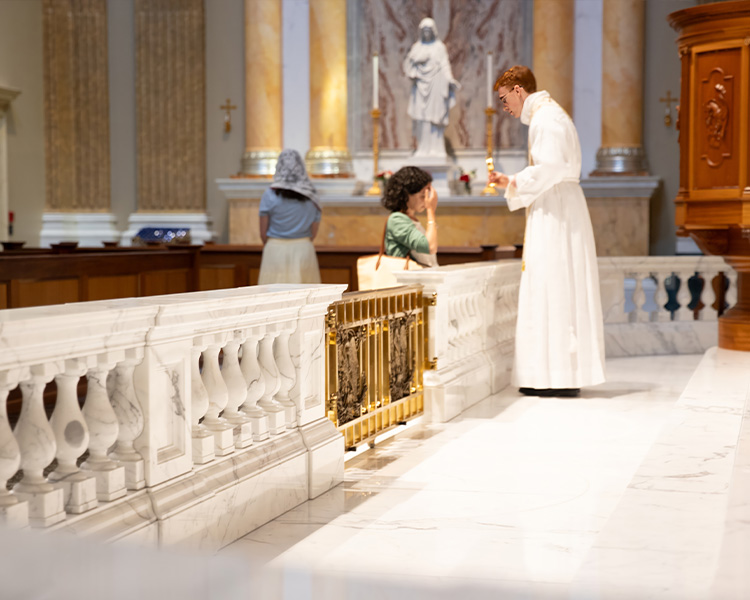
Veneration at the Shrine
Check and see if we have a relic of your beloved saints. Veneration of the relics takes place on their feast day or upon advanced request.
Side Altar Mass Guilds
The Shrine of Our Lady of Guadalupe offers six Mass guilds, one for each saint displayed in the Shrine’s side altars: Saint Faustina Kowalska, Saint Maria Goretti, Saint Peregrine, Saint Gianna Molla, Blessed Miguel Pro, and Saint Thérèse of Lisieux. Those enrolled are remembered by the Shrine’s priests at Holy Masses monthly and are entrusted to the patronage of one of these holy men and women. You may enroll yourself or a loved one, living or deceased.
Enrollment is offered for one year or in perpetuity-as long as the Shrine will offer Masses.
Explore our collection of Mass Guilds below
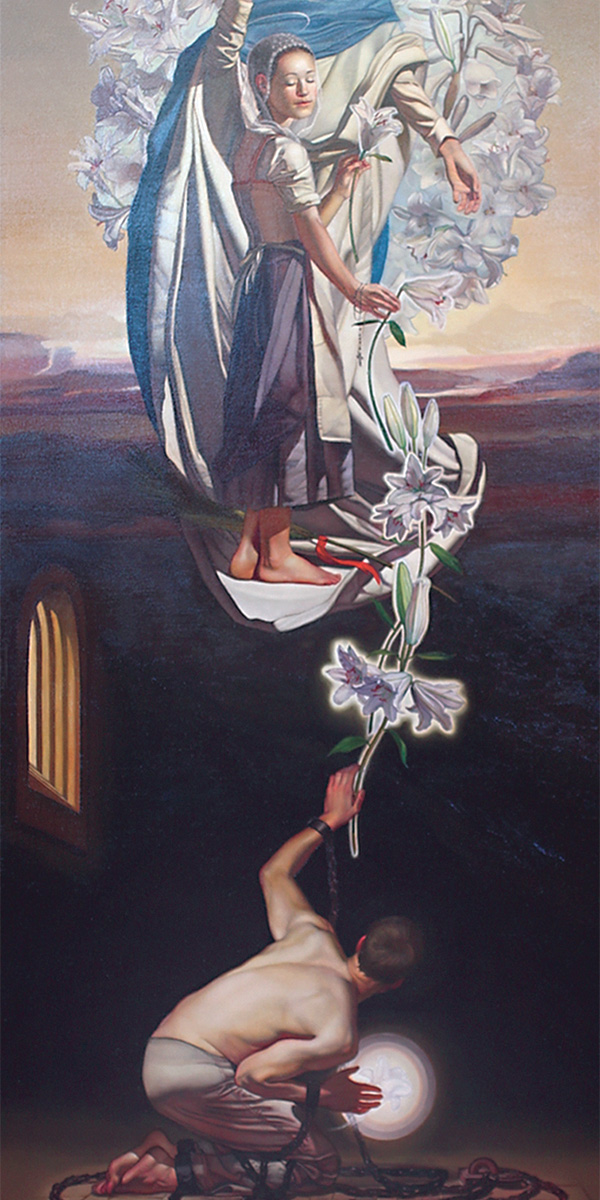
Saint Maria Goretti Guild
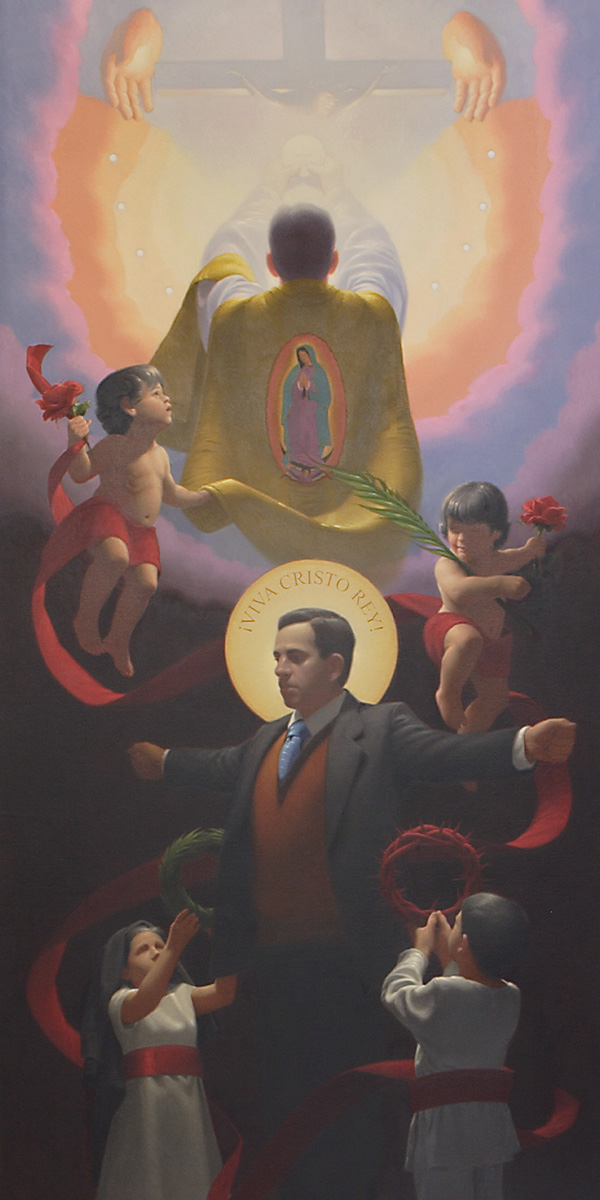
Blessed Miguel Pro Guild
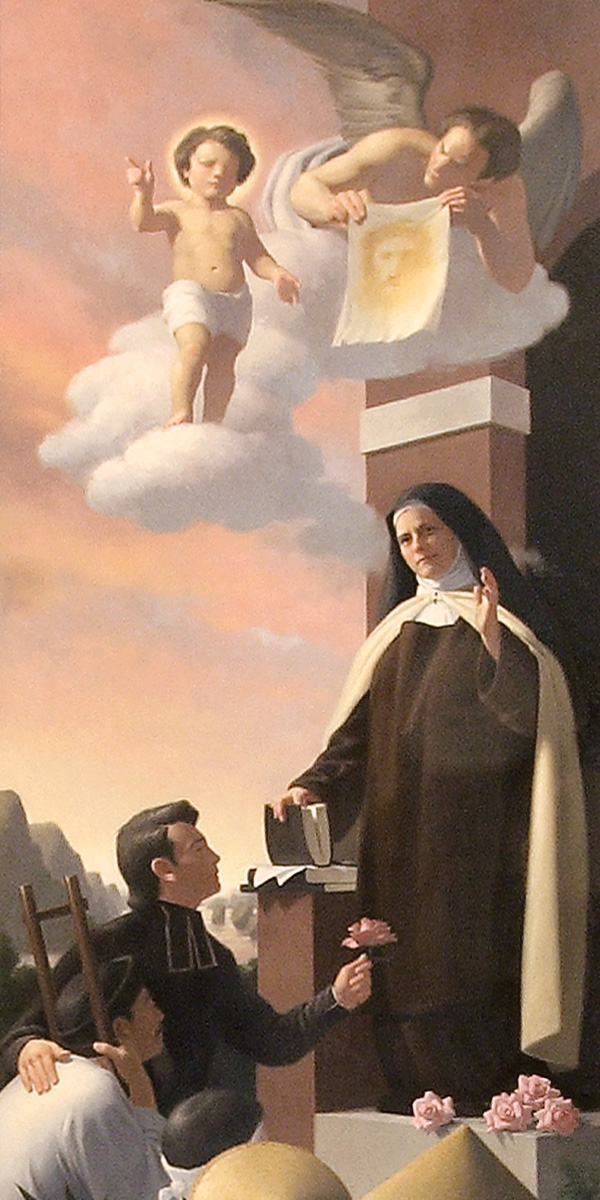
Saint Therese of Lisieux Guild
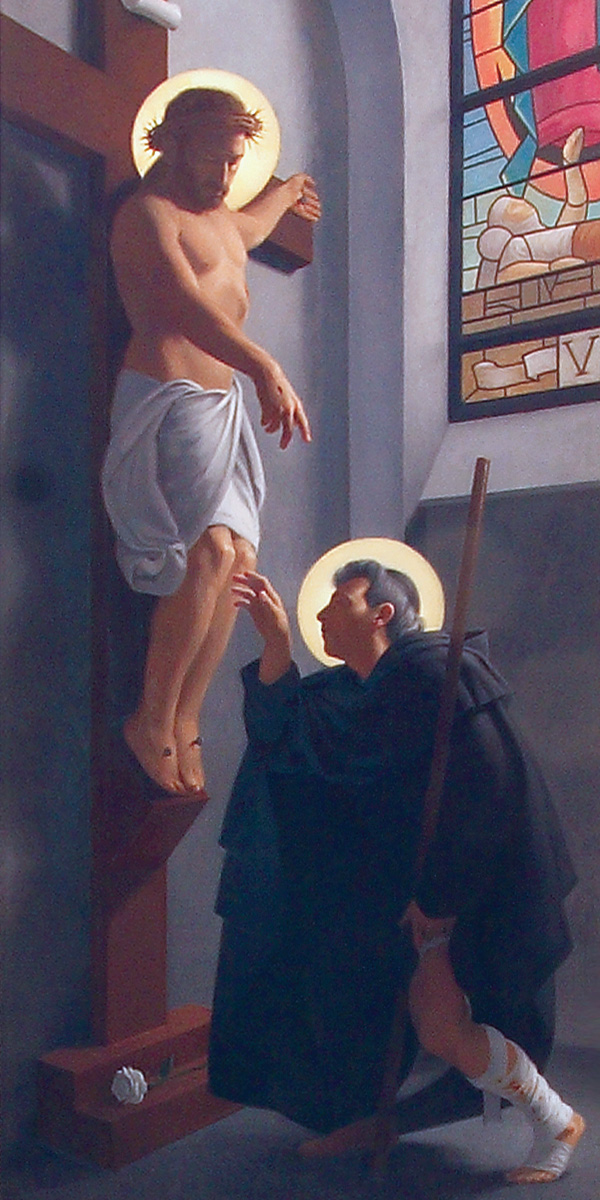
Saint Peregrine Cancer Guild

Saint Gianna Guild


